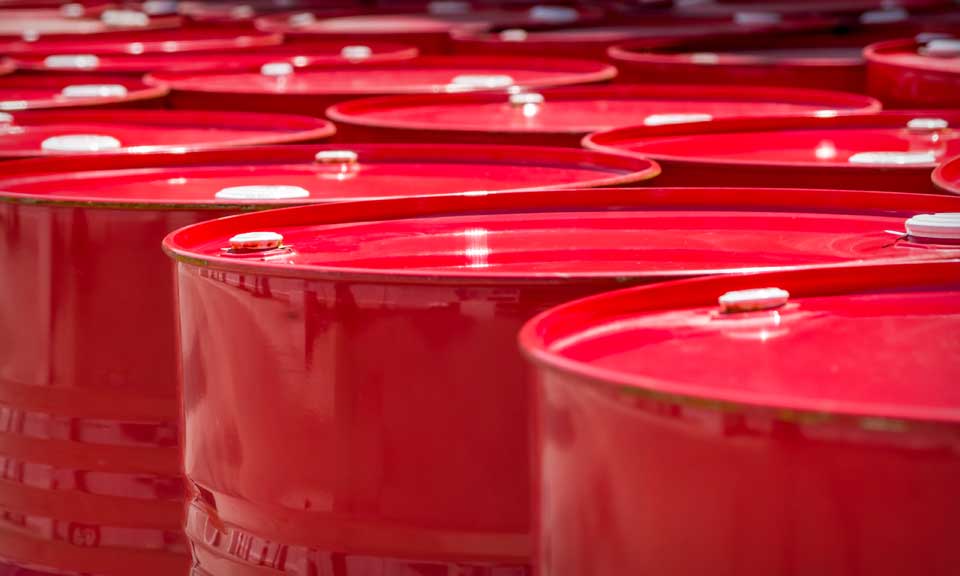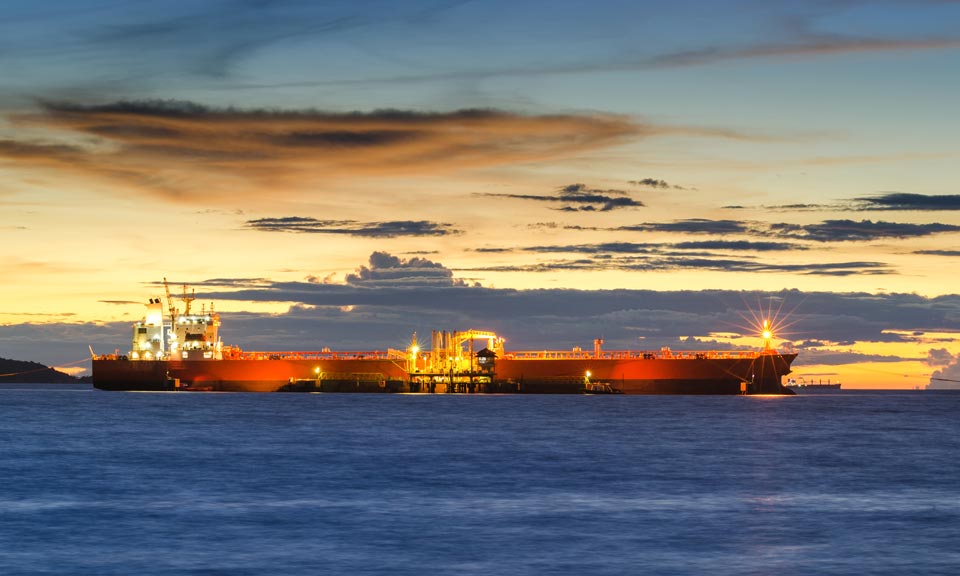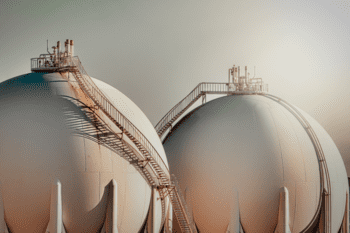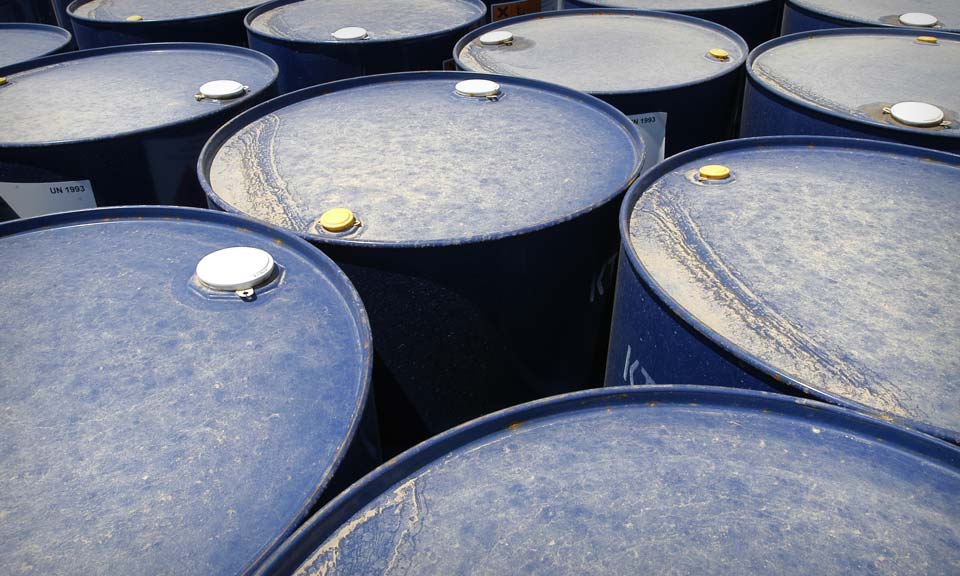Russian crude flows to India, China proving a boon for other Asian oil importers

The insatiable appetite for discounted Russian cargoes from India and China has offered enough bandwidth to Middle Eastern suppliers to cater to the needs of other Asian oil importers that have that slashed their purchases from the largest non-OPEC supplier since the invasion of Ukraine last February.
With India becoming the largest buyer of Russian crude in late 2022 and China posting close to double-digit growth in Russian inflows over January-November, refiners in South Korea, Japan and Thailand are finding it easier to procure term and spot crude supplies from Middle Eastern producers, refinery and trading sources told S&P Global Commodity Insights.
"The trends that we saw in Asia in 2022 are likely to continue this year, with China and India importing large volumes of crudes from Russia, while South Korea has cut back buying from the same supplier substantially and Japan not importing from that country," said Lim Jit Yang, adviser for Asia-Pacific oil markets at S&P Global Commodity Insights.
According to industry and some government officials, the big shift in focus of India and China toward Russian crude has softened the competition for Middle Eastern crude in Asia, leaving enough room for those oil producers to even cater to the needs of some European buyers.
"If India and China were also competing like crazy for Middle Eastern oil, the price of crude might have been much higher than where it is now," said an analyst with a leading global oil trading firm, echoing what some Indian government officials have said in recent months.
Russian crude's share in the Indian crude basket in 2021 was only around 2.2%, according to S&P Global Commodity Insights. From that level, Russia became India's top crude supplier in November 2022, with the country receiving around 1 million b/d, and were on course to be even higher in December, estimated at 1.24 million b/d, due to competitive landed costs.
Over January-November, China's crude imports from Russia rose 10.2% year on year to 79.78 million mt, or 1.75 million b/d, customs data showed.
ESPO crude arrivals in Shandong ports for independent refineries soared 36.6% from November to a 31-month high of 2.6 million mt, or 614,774 b/d, in December, according to S&P Global data. The increase suggested Shandong refineries were confident in importing Russian barrels despite the price cap imposed Dec. 5.
Market sources said Middle Eastern sour crude procurement had been smooth due to Indian and Chinese refiners' willingness to take more Russian crude that has helped to meet the revival in demand after the lifting of pandemic restrictions. This has worked in favor of the region's overall crude supply security.
"It's actually possible to even request for incremental barrels and major suppliers like Aramco and ADNOC would approve these days as Asia's mega importers like India and China are absorbing as much Russian crudes as they want, leaving plenty of room for other key Asian buyers to take Middle Eastern term supplies," said a feedstock manager at a South Korean refiner.
South Korea's crude imports from Saudi Arabia rose on a year-on-year basis for the fifth straight month in November, gaining 15% to 29.59 million barrels, data from state-run Korea National Oil Corp. showed. Asia's third biggest crude importer received 309.15 million barrels from Saudi Arabia over January-November 2022, up 24% from the same period a year earlier.
The Dubai market structure has been trending lower rather sharply since the third quarter of 2022 as Indian and Chinese traders shift focus to cheap and attractive Russian barrels, tilting the Middle East-Asian market's supply-demand balance in favor of buyers, according to crude and condensate traders at PTT and another Thai refiner.
"Had Indian and Chinese refiners decided to also shun Russian crude and if they were to compete fiercely with other Asian buyers for the limited Middle Eastern supply, both outright prices, as well as Persian Gulf official selling price differentials, would remain high," a feedstock trader at a Thai refiner said.
Thailand secured plentiful light and medium sour crude from the UAE in 2022, receiving 360,000 b/d from the major Middle Eastern producer over January-November, up 73.3% from the same period a year earlier, Energy Policy and Planning Office data showed.
Meanwhile, Japan saw crude shipments in the first 11 months 2022 from its top supplier UAE jump 21.3% from a year earlier at 1.03 million b/d, latest data from the Ministry of Economy, Trade and Industry showed.
"Basically, India and China's strong focus on Russian barrels meant less mouths to feed within the Middle Eastern supply pool, which explains Japan's boost in Abu Dhabi sour crude shipments," a feedstock management source at ENEOS said.

News
Russia, one of the world’s largest oil suppliers, has increasingly turned to non-Western firms to transport its crude to overseas buyers during its ongoing war with Ukraine . With a dual goal of undermining Russia’s war chest without creating significant disruptions to global supplies amid inflation pressure, G7 countries and their allies have banned tanker operators, insurers and other services firms from facilitating seaborne Russian crude exports unless the barrels are sold for no more than $60/b. The price cap regime, which came into force Dec. 5, 2022, does not directly cover tankers flagged, owned and operated by companies outside the G7, the EU, Australia, Switzerland and Norway, and not insured by Western protection and indemnity clubs. While such ships tend to be older and less maintained, their share in Russia’s crude exports market has been rising in recent months amid strengthening prices of Urals -- the OPEC+ member’s flagship crude grade -- and tightening sanctions enforcement by the West. Non-price-capped tankers have a larger market share in shipping Russia’s Pacific crude exports, according to analysis of S&P Global Commodities at Sea and Maritime Intelligence Risk Suite data. Crudes such as Sokol, Sakhalin Blend, and Eastern Siberia–Pacific Ocean grades are more often involved in these trades than Russian barrels from Baltic or Black Sea ports like Urals. Tanker operators in Greece, Europe’s top shipowning nation, managed to keep their traditionally strong market position in Russia in the first few months since the price cap took effect before giving ways to their peers in the UAE, Russia, China and Hong Kong. (Latest update: April 5, 2024)

News
Recording changes to Russian oil exports and EU oil imports since the war in Ukraine Russia’s war in Ukraine has triggered a major upheaval in the global oil markets, forcing Moscow to find alternative buyers and Europe to source new supplies as Western sanctions seek to clamp down on Moscow’s vital oil revenues. With an EU embargo and the G7 price cap on Moscow's oil now fully in place, Russian seaborne crude exports have remained largely resilient as displaced volumes of its discounted oil flow East. Russian oil product exports have also mostly held up with new buyers in Africa absorbing Russian diesel and other fuels now banned from Europe. (Latest update: April 3, 2024)

News
Initiative driven by demand for batteries from vehicles, energy storage IOC aims to be carbon-free by 2046 Tie-up comes as India supports NEV buildup Japan's Panasonic Energy and state-run Indian Oil Corp aim to finalize details for a joint-venture to manufacture cylindrical lithium-ion batteries in India as early as June to September, the Japanese battery maker said April 1. Both companies will engage in "a feasibility study regarding the utilization of battery technology to facilitate the transition to clean energy in India," Panasonic said, and have signed a binding term sheet with details to emerge "by the summer of this year." The initiative by the companies "is driven by the anticipated expansion of demand for batteries for two- and three-wheel vehicles and energy storage systems in the Indian market", it said. The collaboration comes as India takes steps to build up infrastructure for manufacturing and supporting new energy vehicles, especially in its interim budget for 2024-25. Following the budget announcement, Chinese automaker SAIC Motor and India's JSW Group plan to install a production capacity of 200,000 vehicles/year in India, focusing on NEVs, with ramping up to start from the end of 2024. In China, NEV is a term used to designate automobiles that are fully or predominantly powered by electricity and include battery electric vehicles as well as plug-in hybrid EVs and fuel cell EVs. IOC's tie-up with Panasonic will support the energy company's goals to be a zero-carbon emitter by 2046. India's lithium-ion battery manufacturing industry is expected to grow at a compound annual growth rate of 50% from 20 GWh in 2022 to 220 GWh by 2030, data from the India Brand Equity Foundation showed. Platts assessed prices for battery grade lithium carbonate at $14,350/mt CIF North Asia March 28, flat from the previous session, S&P Global Commodity Insights data showed, while lithium hydroxide stood at $14,000/mt CIF North Asia, also unchanged from the session before. Platts Connect: News & Insights (spglobal.com)

News
(Latest update March 28, 2024) OPEC+ ministers face the challenge of managing a slumping oil market as they discuss crude production for 2024. The following infographic highlights some key issues to watch out for during the upcoming talks. Related feature : OPEC+ committee meets as output cut policy finally boosts prices (subscriber content) Click for the full-size infographic